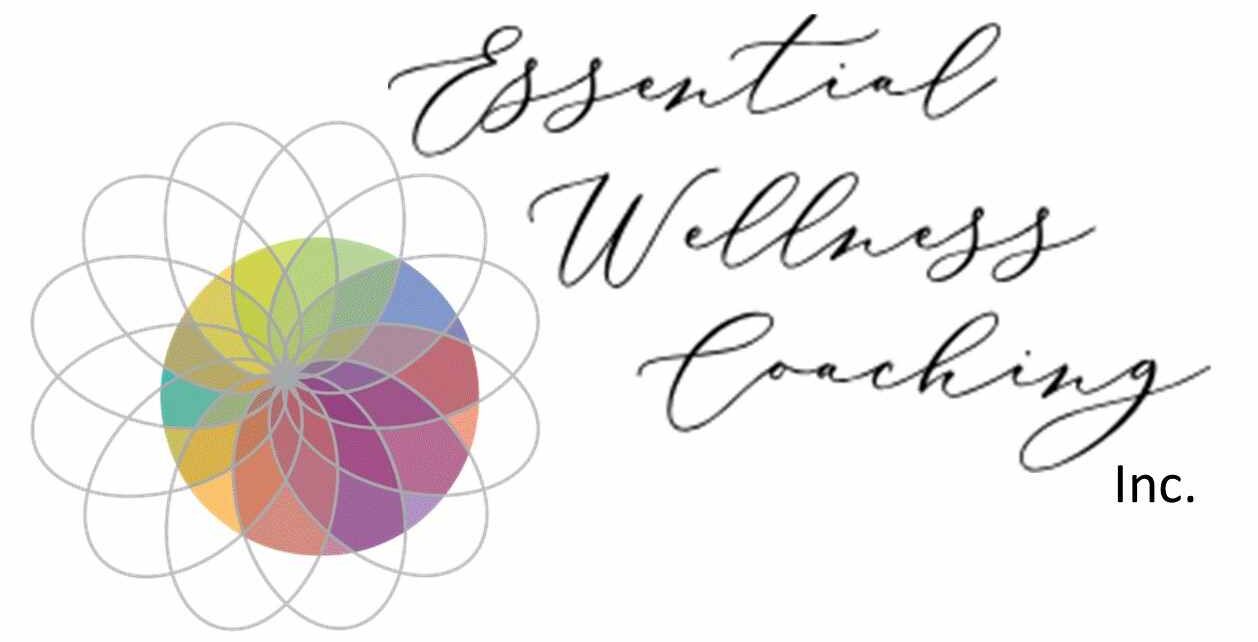When Crisis Comes: Finding Your Way Forward

Enjoy this excerpt from “The Opposite of Burnout: Crisis Edition 2020”
No amount of effort, prevention or consciousness can completely spare us the from cycles of loss which occur in life. If our internal fire is already flickering when devastation strikes, it is at risk of extinguishment. When darkness creeps in, the way forward becomes hard to see.
When you find yourself blindsided on your quest for the opposite of burnout, turn to this section. It provides an ordered plan to get you out of the darkness, to rekindle your fire so it can light your way.
The resources in this book will help you build a meaningful career. The references in this chapter will help you get back on your feet. Follow its seven steps, one after the other, to move from survival…to revival…to THRIVAL.
Resilience Defined
Resilience is not “bouncing back.” We are humans and we are forever changed by deep, disruptive experiences. True resilience involves release of the past, healing the losses and, eventually, embracing a new future. It takes time.
Resilience is not a gift you are either born with or not. It is a skillset you can gain, a process you can implement. Resilience is learned. Resilience is strengthened by practice, often over the course of an entire lifetime.
Human resilience is the ability to move forward from a crisis with a change in outlook, skills, expectations and capacity. By definition, to be resilient is to change. To be resilient is to be adaptable.
There are two types of Resilience. Type 1 (Primary) involves the capacity to:
- Change without having to experience a crisis,
- Change without accompanying trauma,
- Take action before it is forced.
Type 1 Resilience is prevention. Type 2 (Secondary) Resilience is response. It involves the capacity to:
- Recover after experiencing a crisis,
- Persist in the face of threat,
- Survive trauma and move forward.
Structured Resilience
Crisis dissipates energy and fractures focus. Suddenly, there is so much to take in, consider, respond to and deal with. Our limited energies are spent just trying to make sense of things, and we cannot get traction. Wheels spinning, we are depleted before we ever get off go.
Know the feeling?
Okay, pause. Take a breath. Imagine a stairwell before you, leading up and out, to a future you can’t yet see. You’re going to climb it, one step at a time, gaining strength and clarity as you rise, until you arrive at the top, energized and ready to move forward.
You can do this!
Follow the Seven Steps of Structured Resilience:
- Triage
- Rebuild Energy Reserves
- Shift Your Sights – Long vision
- Identify Needed Skills and Knowledge
- Plan, But Differently
- Implement with Ease
- Prevention – Rebuild Capacity
These steps are strategically structured to move you up and out of crisis. To help you get your head on straight and regain traction toward your (perhaps new) dreams, just begin at the beginning. With whatever energy you can muster, focus on Step 1. Step 1 addresses the urgencies at hand while you regain some energy. Stay there until you notice your vitality and focus increase. It takes as long as it takes.
When you are ready, move to the next step, and the next and the next, regaining and compounding capacity at each level, and investing it in the next. Little by little you will get stronger, your light will get brighter, and you will find your way.
Excerpted from “The Opposite of Burnout: Crisis Edition 2020,” updated to help you find your way when your internal flame flickers. Download now for only $7.99.

Leave a Reply